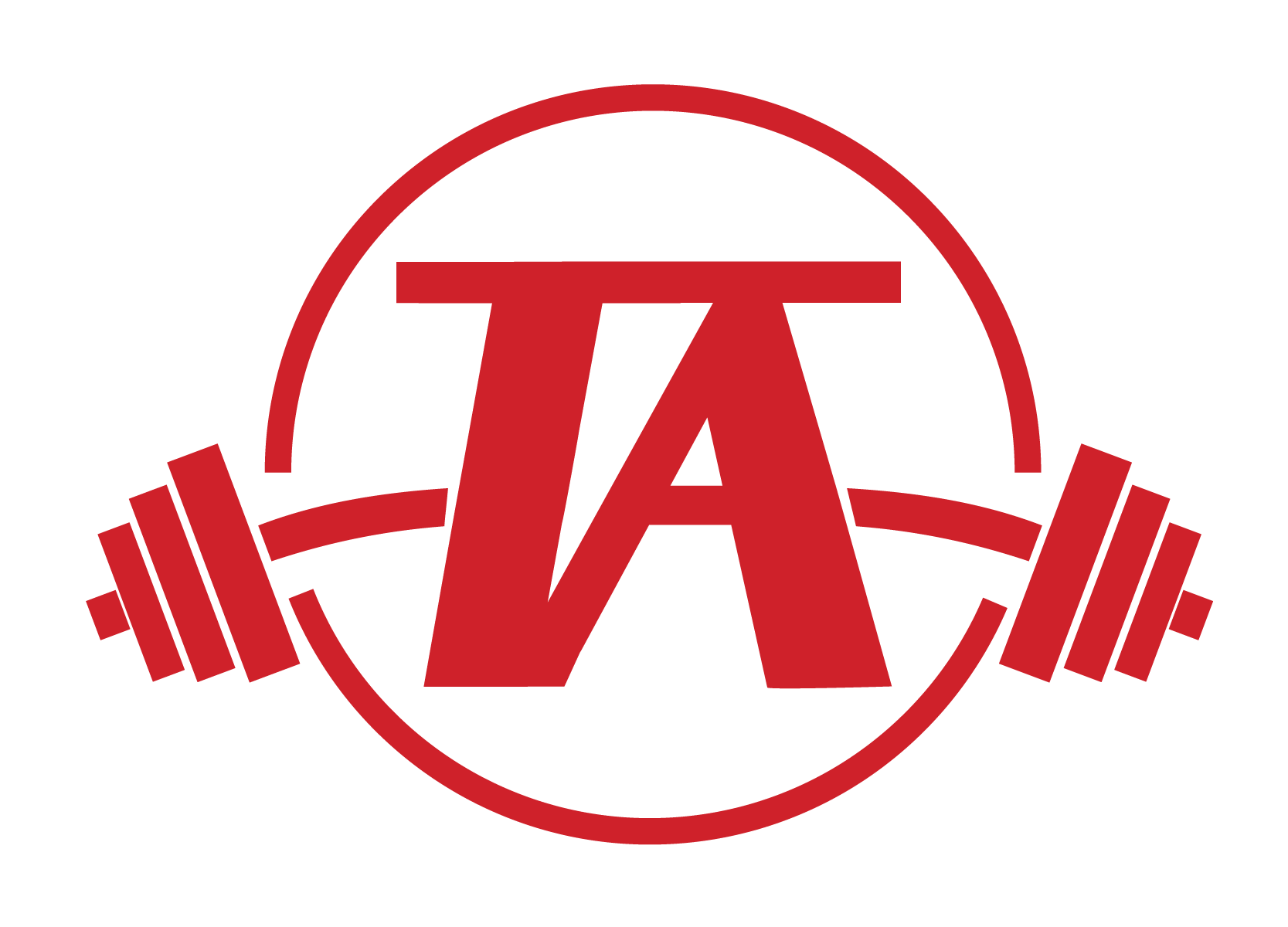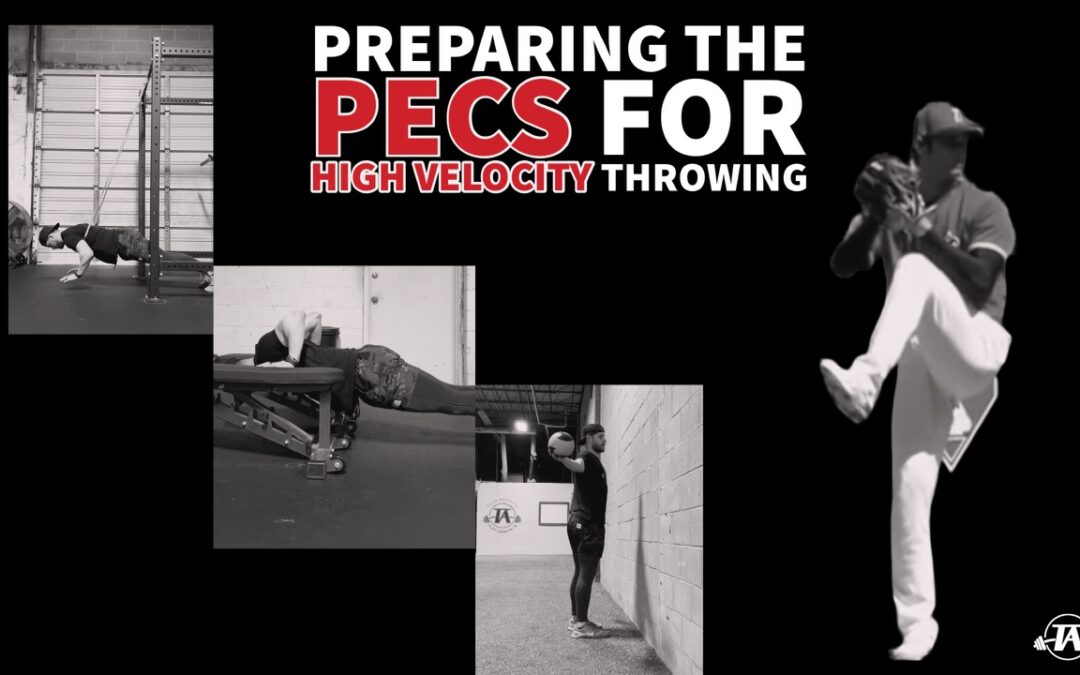The pectoralis muscles (“pecs”) play an important role in high velocity throwing as they (along with the latissimus dorsi) are one of the main accelerators of the arm. When the arm moves between cocking and acceleration the pec plays its most important role: moving between horizontal abduction and horizontal adduction. Picture these movements as the lowering of a pec fly (horizontal abduction) and the raising of a pec fly (horizontal adduction).
Greater horizontal abduction at foot strike has been associated with higher ball velocity (Stodden et al., 2005). This makes sense as more horizontal abduction should allow higher horizontal adduction angular velocity which is associated with higher ball velocity (Takahashi). The position at foot strike places a pre-stretch on the pec, enhancing the horizontal adduction that follows.
In order for the pec to perform its job at a high level, the pec must maximize the elastic return it gets from the connective tissues. This means it must be very strong and able to produce high forces at long muscle lengths.
Relevant Anatomy
The pectoralis muscles are composed of the pectoralis minor and the pectoralis major. The pectoralis minor’s origin is on ribs 3-5 while its insertion is the medial border/superior surface of the coracoid process (i. e. the front of the shoulder blade). This set up means that the pec minor plays a role in protraction, internal rotation, and anterior tilt of the scapula. When the pec minor becomes chronically shortened it leads to a more anteriorly tilted starting position for the scapula which can limit shoulder flexion and layback, as posterior tilt is an important component of layback. Additionally, due to the pectoralis minor’s position over nerve and vascular supply to the arm, it can play a role in thoracic outlet syndrome if chronically shortened.
The pec major on the other hand, has two heads-the clavicular and sternocostal heads. As their names suggest these two heads originate on the clavicle and sternum respectively. They also have attachments to the cartilaginous parts of the superior six ribs, and the aponeurosis of the external oblique. The pec major’s insertion point is on the humerus. Due to its structure, the pec major plays a role in adduction, internal rotation, flexion, horizontal adduction, extension, and breathing. When the pec major becomes chronically shortened it restricts horizontal abduction, which can contribute to a pushy arm action.
Demands and Preparation Process
Since every Monday is “National Chest Training Day” in every commercial gym, most athletes are at least casually familiar with a movement (or several movements) for training the pecs. However, bench pressing alone isn’t enough to get the job done. The pecs must be mobile enough to allow for posterior tilt of the scapula, deep horizontal abduction, and extreme external rotation, but also strong enough to produce high forces at long muscle lengths. As discussed above, the pec minor is a common problem area, leading to a more anteriorly tilted scapula which can restrict layback and not allow for deep positions to be reached.
So, how do we prepare the pecs for high velocity throwing?
The first step is to open up some new ROM with self-myofascial release (SMR). According to a study by Beardsley et al. SMR may acutely increase ROM and reduce muscle soreness without impeding athletic performance (Beardsley, 2015).
Once this new ROM is accessed, it’s time to add some neuromuscular control and strength to this new end range. This means we need to load this new ROM and we’ll do so with mobility drills and end range isometrics (both yielding and overcoming). After that we must work toward increasing loads.
Some examples of movements we use here are push-up isometric holds with additional ROM and overcoming isometric pushes from deep end ranges.
Finally, improving the elasticity of the pec is the final piece. Oscillatory movements and extensive plyometrics work extremely well here.
Conclusion
A well-constructed warm-up won’t make up for a poorly designed or executed training program that trains the pecs in a way that is not conducive to high-velocity throwing, but it may be the missing piece that could take your training and performance to the next level.
Interested in learning more about our remote and in-person training options? Contact us and let’s set up a free call.

